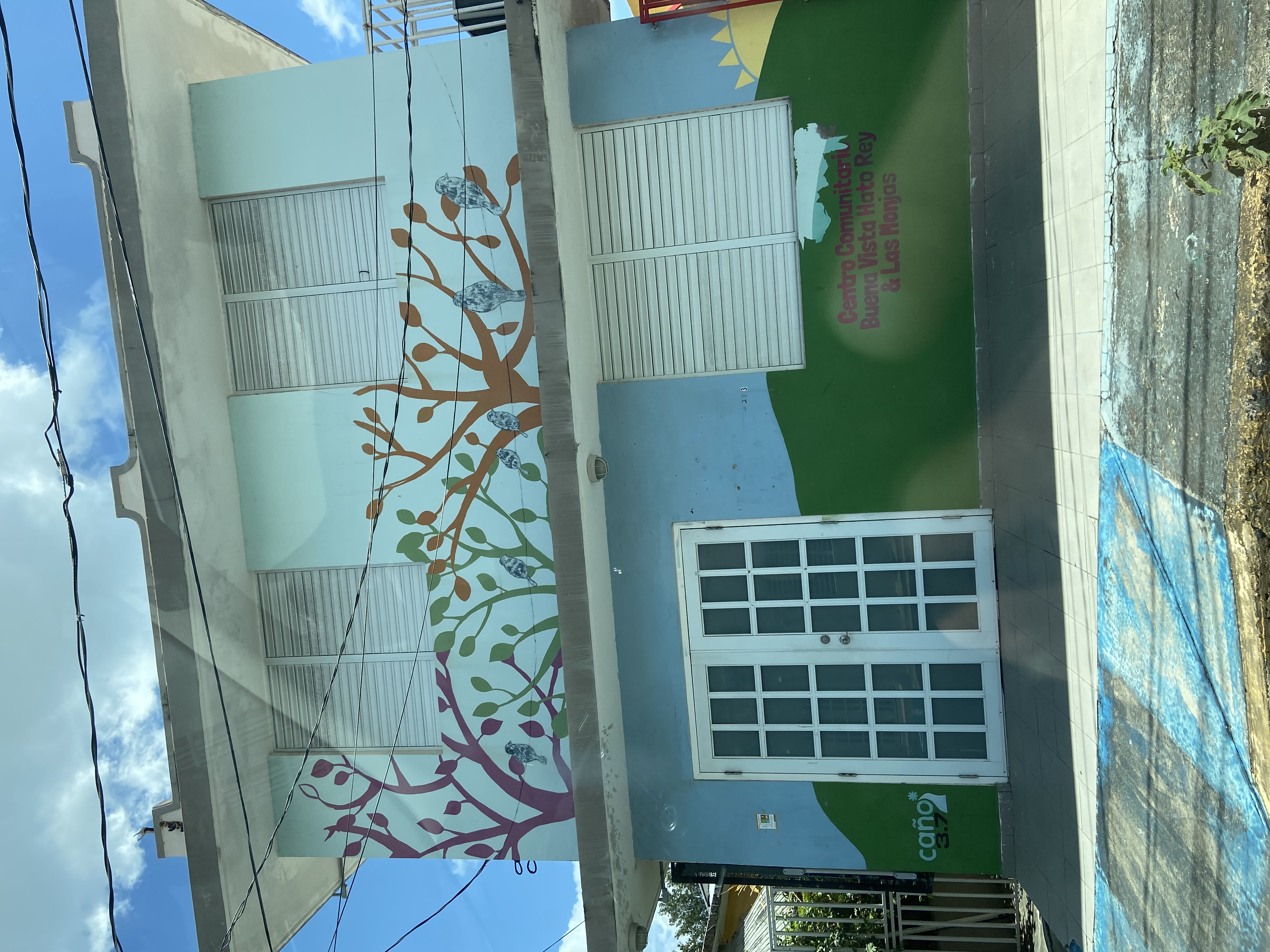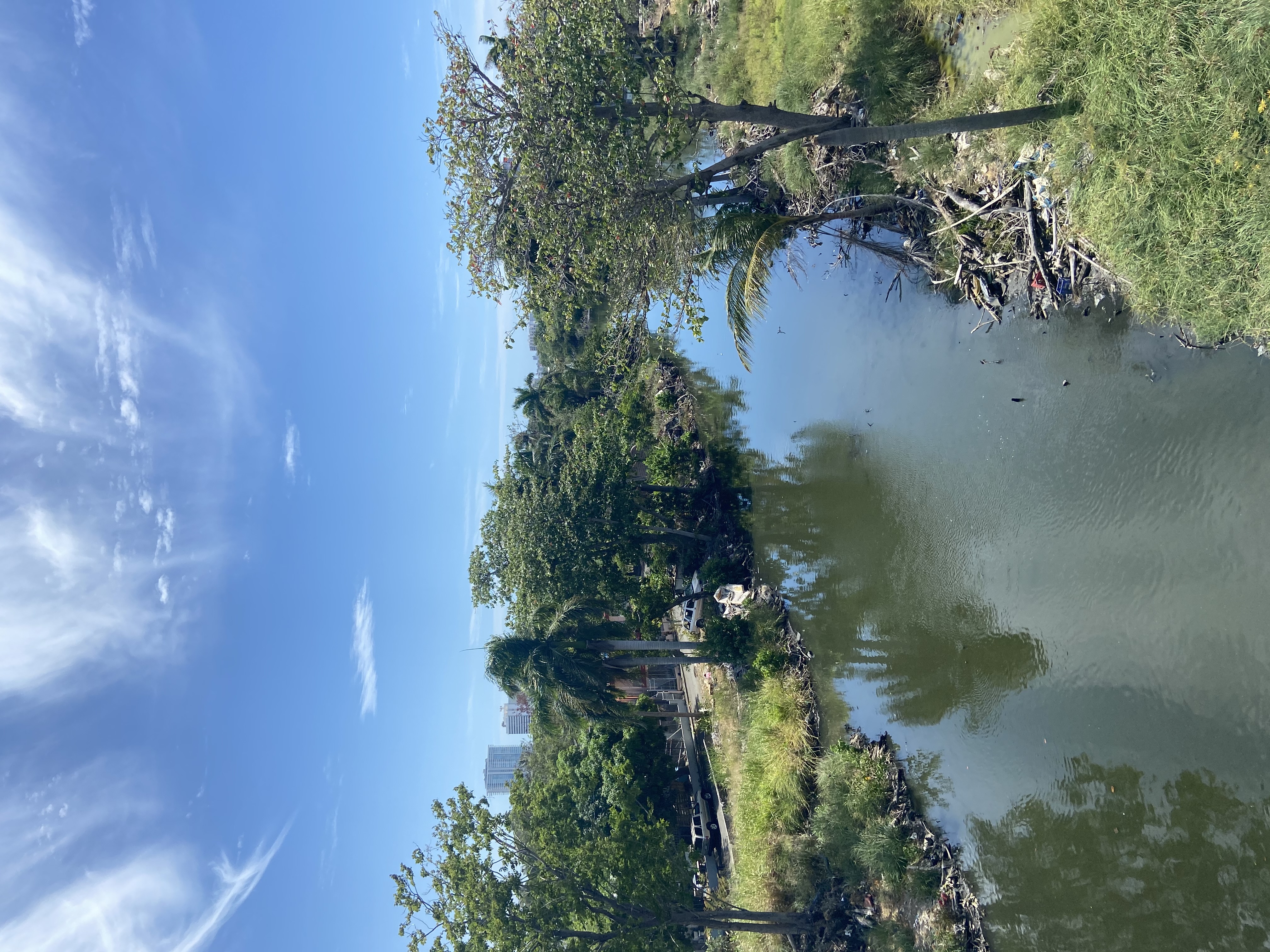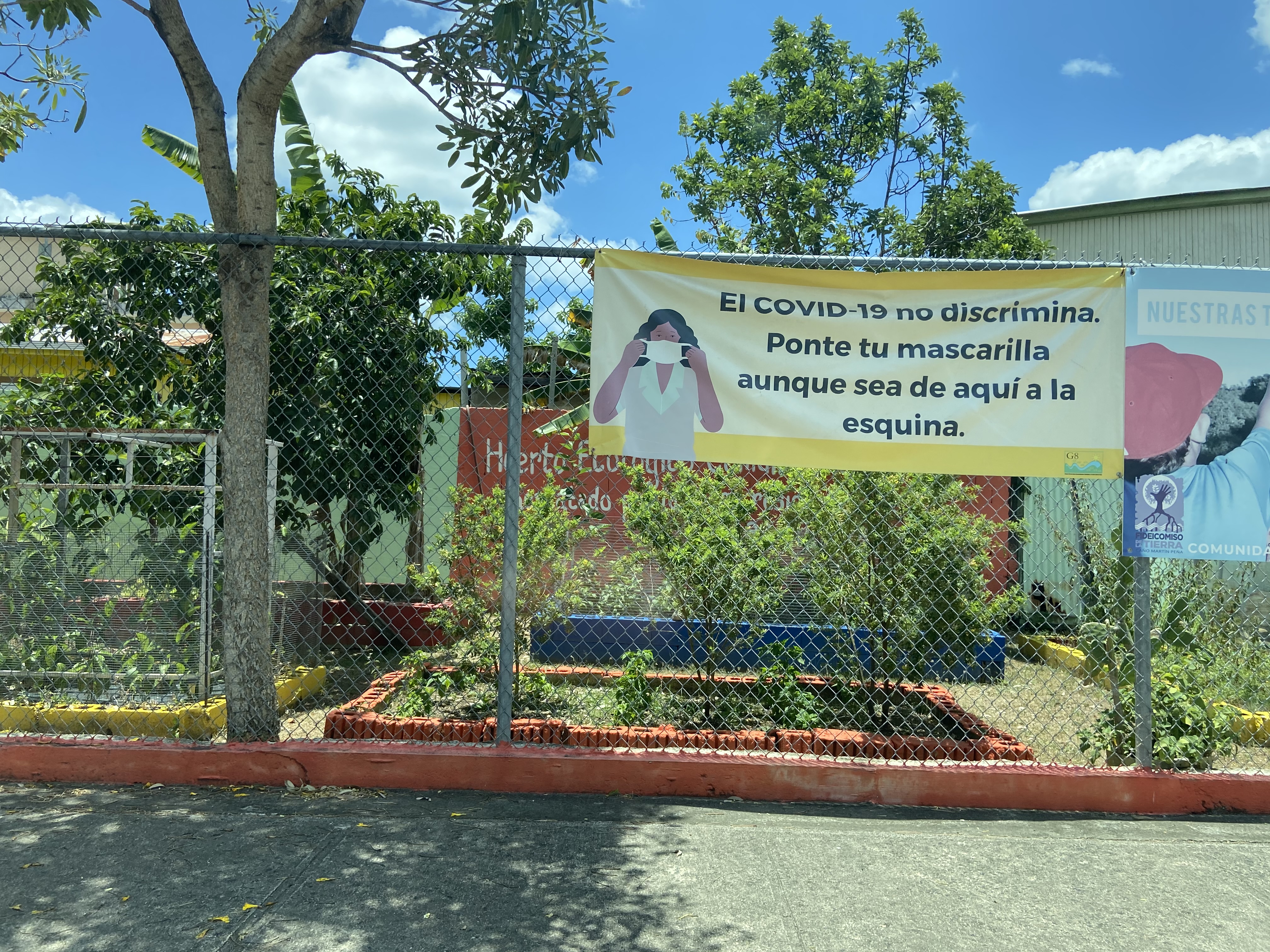Research Blog: Intergenerational Community Organizing and the Caño Martín Peña Community Land Trust, Puerto Rico
September 6, 2022 - Miles Nowlin - MALAS Candidate

This summer I spent 20 days in San Juan, Puerto Rico conducting my field research with community leaders from the Caño Martín Peña Community Land Trust (CMP-CLT). The Land Trust was formed through community organizing and participatory planning in 2004 and spans 8 neighborhoods and over 200 acres in the heart of San Juan. Community Land Trusts have taken shape globally as collective land titling formations that legally protect urban affordable housing from the threats of market-driven displacement. The CMP-CLT in San Juan was the first Community Land Trust to emerge from an informal settlement in Latin America and has become a significant influencer for other land trust projects in informal settlements in Africa and Latin America. Community Land Trust feasibility and sustainability commonly depend on the promotion of broad civic participation, external technical assistance, and community-based education. In the case of the CMP-CLT in San Juan, progress inextricably hinges on a place-based, multigenerational community organizing strategy, in order to gain political wins from outside economic influencers and to fight political actors deadest on expanding high-value real estate development at any cost. In my research, I investigate the practices of intergenerational collective struggle in the Caño Martin Peña barrios, or stated otherwise, the ways in which local knowledge is shared and transformed across generations, how this knowledge has influenced the social movement's theory of change, and how such evolving epistemologies affect change in praxis.
I set out to interview leaders of the Caño Martin Peña social movement, from both older and younger generations, to understand how these intergenerational practices have formed, and how they have been transforming over the 22 years since the project´s start. Through interviews with senior leaders of the movement, I learned about the relentless struggles of the past, involving perpetual threats of neighborhood dispossession. Elders spoke about the lasting impacts of witnessing the “disappearing” of adjacent neighborhoods during the surge of urban renewal policies, followed by coercive neo-liberal gentrification developments in the 80s and 90s, while also discussing the ways in which the eight Caño Martín Peña communities organized, fought back, and demanded community control over their neighborhoods. I also interviewed young leaders from the LIJAC (Young Leaders in Action) program, a youth empowerment program adjacent to the land trust that engages young people in popular education and civic pedagogy, inspired by Brazilian Educator, Pablo Freire, and Puerto Rican revolutionary philosopher and educator, Eugenio Maria de Hostos. LIJAC participants are recruited from schools, churches, and basketball courts starting at eight years old. LIJAC and its sister programs engage youth through hip-hop workshops, reggaetón contests, and sports programs. Youth are then trained as peer facilitators, versed in critical reflection practice, invited to participate in youth-led community councils, and eventually tasked to facilitate workshops for their peers.
This new generation of community leaders shares many of the same values as the older generation such as strong commitment to participatory planning, civic engagement, and the preservation and strengthening of their communities. Some key differences between the generational groups also surfaced such as the distinct horizontal decision-making structures of the LIJAC council. Horizontalidad is a value practice that diverges from the more representative functions of the adult-led neighborhood councils. The younger generation of leaders has also been fostering a critical collective voice in the movement, where “LIJACEROS”, who are seasoned in critical reflection pertaining to their positions in uneven colonial-capitalist developments, are broadly unafraid and unashamed of speaking out about their critiques of injustices experienced in their communities. The “LIJACEROS” I spoke with gave much credit for their transformative experiences, to the access they had to critical popular education, articulating critical thinking skills as powerful tools to counter dominant hegemony and impact radical change.
The leaders of the Caño Martín Peña social movement, including the staff members of the Land Trust, the volunteers on the community councils, and the LIJACEROS, welcomed me into their offices, streets, and homes with warm solidarity. Their movement is a powerful example of how working people in urban informal settlements are organizing and fighting to win against capital encroachment bolstered by unfettered neoliberal real-estate development. The stories of El Caño Marín Peña are widely shared on the web. You can visit the following websites for more information about this unique struggle for land tenure and environmental justice.
http://fideicomisomartinpena.org/

Community Center of the Buena Vista Hato Rey and Las Monjas Communities. Situated on Community Land Trust land.

El Caño. The canal runs through the heart of the eight communities. In the 90s, the Puerto Rican Transportation Department planned to dredge the canal and gentrify the shores with zero community input. The community got organized and formed the land trust and a public non-nonprofit (ENLACE) to guarantee a community participatory planning process for the canal dredging, home relocations, and infrastructure upgrades.

Community Garden in the Las Monjas neighborhood.
